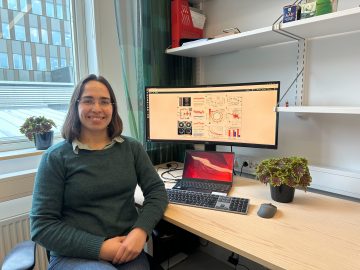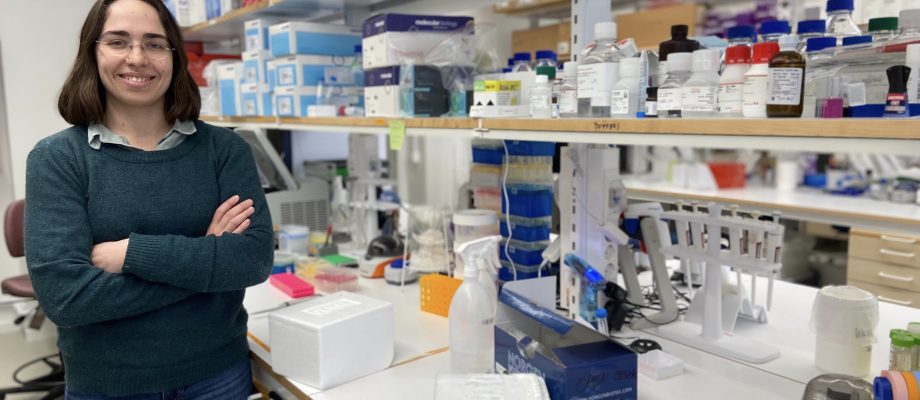NEW STUDY. The ability to measure heat flow at the nanoscaleopens a new chapter in cell biology. The method represents a breakthrough for research on metabolism in cells and is the result of a European research collaboration involving the University of Gothenburg.
The method, published by the journal Science, measures the production of what is called entropy in individual red blood cells. Entropy is a concept from physics, where it is associated with order and chaos. In biology, entropy is related to energy efficiency and is thus closely linked to metabolism, i.e., the series of chemical reactions that sustain life In medicine, entropy can be used to understand biological systems, diagnose diseases, forecast risks, optimize treatment strategies, and monitor patients’ health conditions.
Behind the new method is an international team of researchers from Spain, Italy, Germany, and Sweden.
Co-lead author of the study is Marta Gironella, a postdoctoral researcher in the Camunas-Soler Lab at the Department of Medical Biochemistry and Cell Biology at the University of Gothenburg. Marta developed the experimental setup to measure membrane fluctuations during her PhD training at the University of Barcelona.
Understand the transformation of energy

“Characterizing entropy production in living systems is crucial for understanding the efficiency of energy conversion processes. Heat provides a measure of cell health, and the finding may open a new way to determine tissue health,” says Felix Ritort, corresponding author affiliated to the Institute of Nanoscience and Nanotechnology at the University of Barcelona
In developing the method, the research team measured the heat flow from the active parts of the cell’s metabolic system and the vibrations that occur in the cell membrane. The technique measures movements in active particles, and its sensitivity is very high; the methodology can capture entropy production down to ten calories per second. It is the first time researchers have shown that it is possible to precisely measure the rate of entropy production in individual cells.
Connection to membrane flicker

“Until now, the entropy production rate was only accessible by averaging the heat release from thousands of red blood cells in bulk calorimetry. Our method can measure entropy production one cell at a time by monitoring cell membrane fluctuations,” says Marta Gironella.
When averaging over many of these single-cell measurements, the research team obtained the same values as bulk calorimetry.
“This proves that the heat produced by the cell is closely linked to membrane flutter, a breakthrough in the field. This energy loss by the cell is an important biomarker, which can help us understand cell heterogeneity and disease progression. In other words, what happens when cells stop functioning as they should. Therefore, the methodology opens up a new field in single-cell phenotyping and characterization of cell activity,” says Marta Gironella.
Article: Variance sum rule for entropy production
BY: ELIN LINDSTRÖM












Leave a Comment